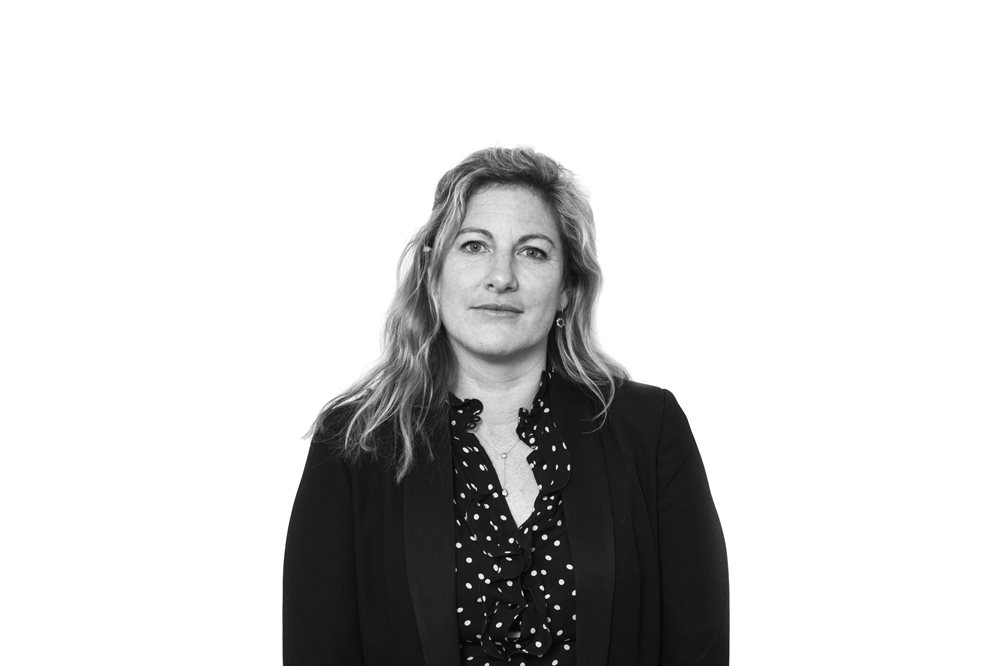One of the things that influenced me quite heavily was getting careers advice in school. I was asked, ‘so what do you want to do?’ and I said, ‘I’d really like to try for medicine’. The person I was chatting to was the vice principal of the school and her daughter had just failed to get into medical school - so she suggested I didn’t try. At that point I had something to prove and it spurred me on.
I wasn’t the student who got top science grades, I loved English and the theatre. But I vividly remember watching Band Aid and seeing these images of children struggling in Africa and thinking ‘why am I sat on my sofa doing nothing?’
I felt I should do something to stop that situation.
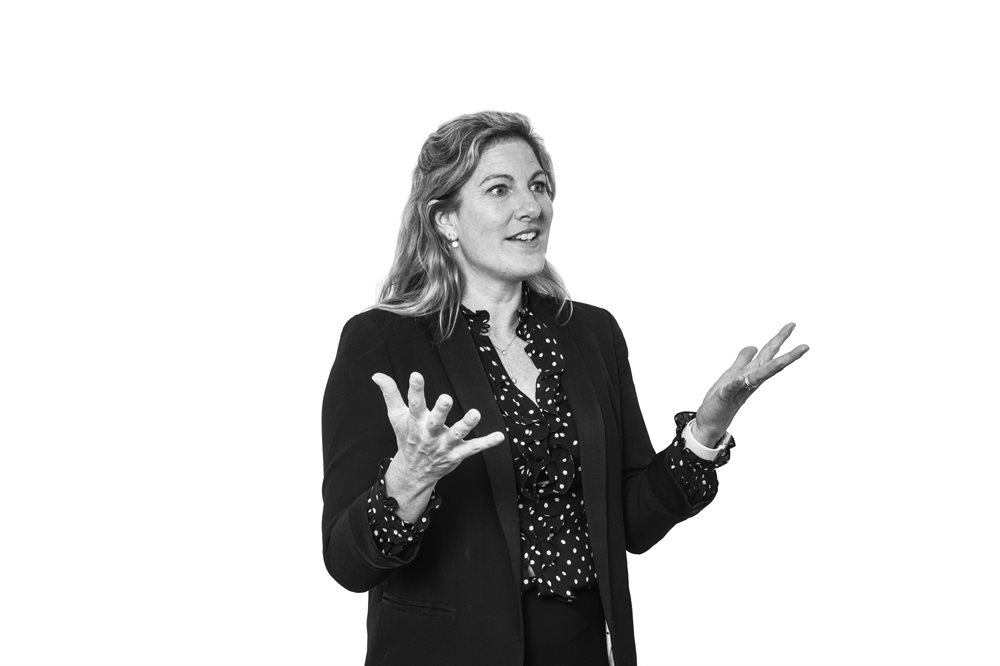
It wasn’t until I got to medical school that it clicked that you’ve got to work hard, consistently, if you want to get somewhere.
I’d had an offer to go to Guy’s and St Thomas’ but, when I came to look around City St George's, School of Health & Medical Sciences (Tooting), everyone was really, really friendly and I absolutely knew that I wanted to come here. Established studentswere welcoming andchatted to me while I was waiting for my interviewand someone walked me back to the tube station afterwards and asked me how I was. They were just so lovely.
I was given a chance at City St George's (Tooting) and I loved every minute of it. It was also really hard work but it’s the friendships that you remember. Over the five years I made lifelong friends.
The ‘mums and dads scheme’ was a great way to settle in. I still work with my School of Health & Medical Sciences' dad who’s now an Ears, Nose and Throat surgeon. I had a lecturer called Dr Walters who taught me paediatrics and now I work alongside his daughter who is a wonderfulcolleague.
The School was always about the people. From the moment I walked in, it was a really strong community of people who cared. I have so much warmth for the School and I feel massively indebted - it was the springboard.
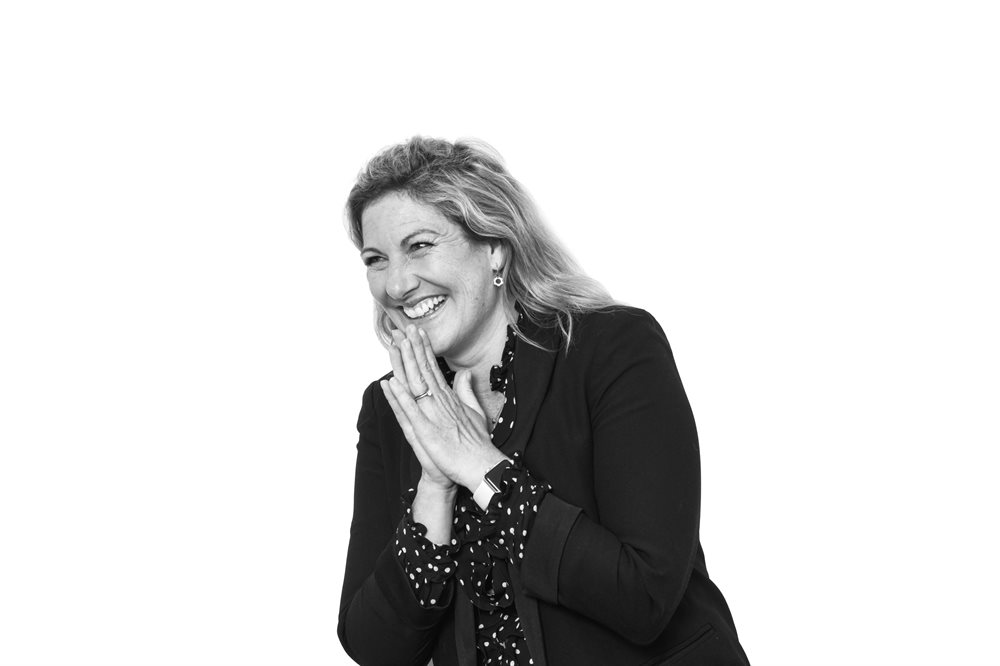
In the 90s a lot of people assumed I was a nurse, even if I was wearing a white coat and a stethoscope. That was routine. Even now, female surgeons won’t wear black to a conference because someone might ask them to pour a coffee.
People were terribly well meaning but…
For example, I was in theatre once and the consultant surgeon I was assisting was really encouraging about the work I was doing. I started loving surgery and I got to the point where I was thinking ‘I’m gonna tell him that I want to do surgery’.
But when I did, he pointed out that anaesthetics was a better career choice for women if they wanted to start a family. I think he was genuinely trying to protect me from a difficult life style choice but I couldn’t tell if he was saying that because I wasn’t very good at surgery and didn’t want to hurt my feelings, so I just put it down.
I am impressed by my friends and colleagues who went on to do surgery anyway and changed the landscape for female surgeons. I loved the #thisiswhatasurgeonlookslike campaign.
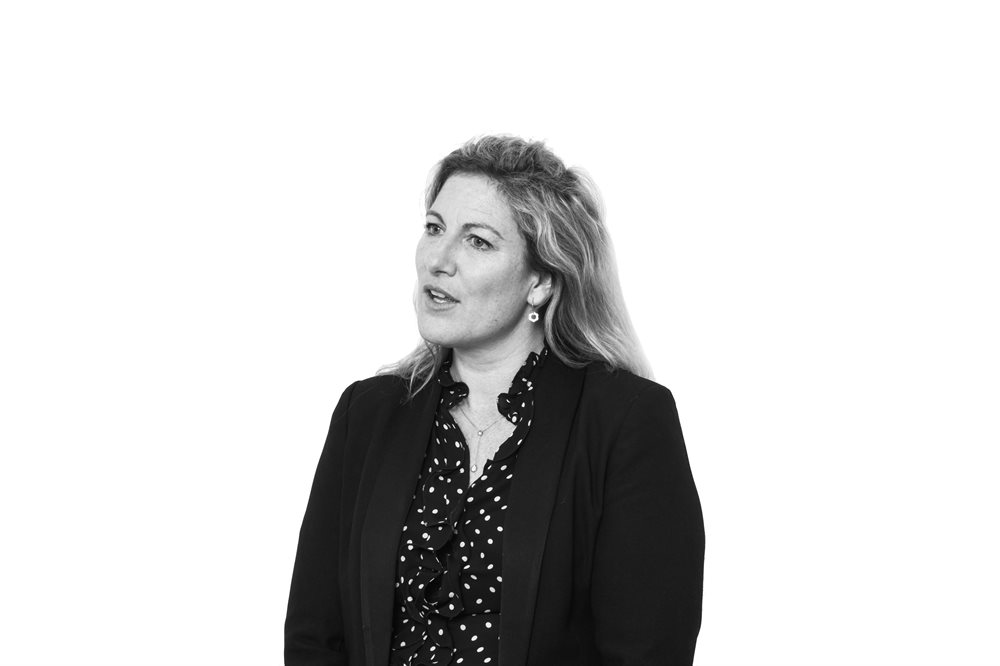
I don’t regret not going into surgery because paediatrics has been the best job in the world and my research has led me to do things I couldn’t possibly have dreamt of. I’m the eldest of five children and so I’ve been around children all my life but there was a point where I toyed with the possibility of doing adult medicine as a career. I’d just done a rotation with the brilliant Dr Raynor here at City St George's (Tooting) and thought that I’d like to be like her.
Then I had this moment when I was on call in paediatrics: it was 3am, I’d just got myself to bed and my bleep immediately went off. I went to see this child with downs syndrome who had a terrible leg infection. He was trying to play and trying to make me laugh despite being really quite poorly himself,and I thought ‘if someone can make me laugh when I am this tired, then I can do paediatrics forever’.
My career took me intocommunity paediatrics and, when someone retired in the paediatric audiology department where I was working, I was invited to join the team. It was an incredible time to start in paediatric audiology, the newborn hearing screen was emerging and it was considerably changing patient outcomes and, with it, services needed to change.
Genetic panels were also emerging which meant we could diagnose more accurately. Hearing aids were improving as fast as mobile phones - technology was improving the quality of life for patients in their home. Cochlear implants were having better and better results as children were referred earlier and surgeons became familiar with the operation. It was exciting to be at the coal face of change.
Cambridge then offered me a job to work in the audiology department there. One day, I found myself chatting to a surgeon about how we were so successful in looking after children with permanent hearing losses but weren’t offering much for children with temporary hearing losses. I was concerned that children with a temporary hearing loss were falling behind at school. Temporary hearing loss is mostly caused by a condition called glue ear. The conversation ended with the surgeon asking me to put together a proposal on how we could combat it.
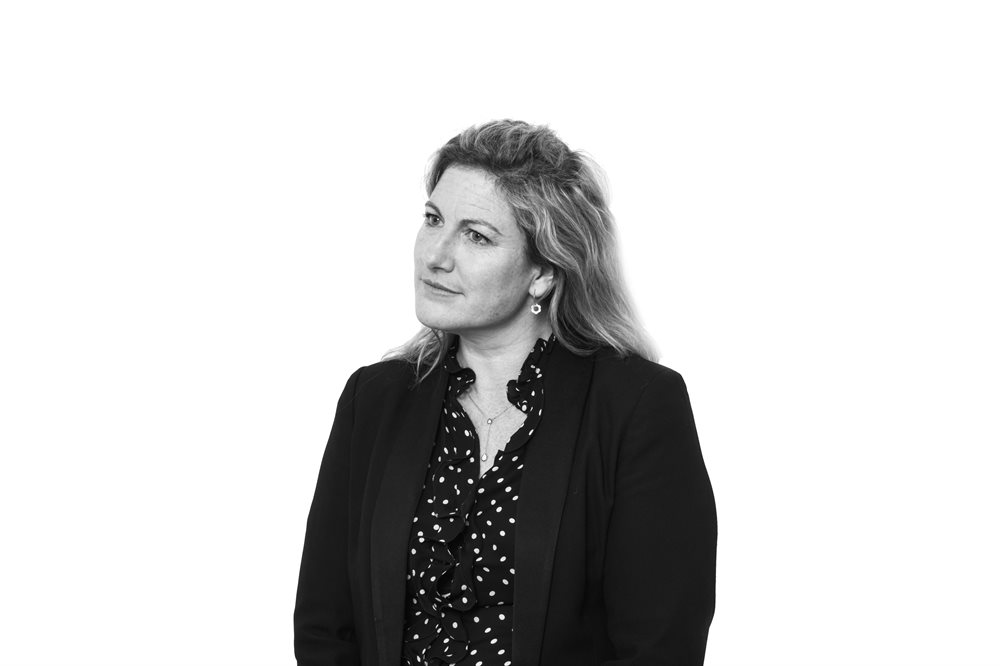
Glue ear is a really common condition. It’s when fluid or mucus builds up behind the ear drum often in response to a cough or a cold. As adults, most of us have experienced a cold which has included your ears feeling a bit blocked up and you can’t hear well for a few days. It’s alright for adults because if an adults’ hearing goes down a bit, they have a good vocabulary, they have mastered their speech and language, and can use cues and clues to work out what’s being said to fill in the gaps.
If you’re a child and you get fluid and mucus build up behind the ear drums, because their anatomy is so small, it stays there for weeks and sometimes months. For them, they haven’t learned to read, they’re just learning new words, it’s a really critical point in development.
At the moment, the national guidelines are that we have a ‘watchful waiting period’ with those children - essentially, we do nothing. Reassuringly 90% of glue ear cases in children clear up by themselves within a year. However, if a child had a vision problem, they would be offered a pair of glasses so that they didn’t go to school with blurry vision, yet we were letting children go to school with reduced hearing.
The problem is that it’s a really important point in a child’s development. It used to be thought that children caught up quickly with their education after having glue ear but research is showing that may not be the case. The children with persistent or recurrent Glue Ear can be mistakenlydiagnosed with learning difficulties or attention difficulties or speech and language difficulties simply because they can’t hear properly.
Generally, with hearing loss, the kids that are focussed on are those born with a permanent deafness and need hearing aids or cochlea implants. But actually, we know that one in 10 children starting school in this country have glue ear. I started to research how we could give children with a temporary hearing loss better life chances by supporting their hearing.
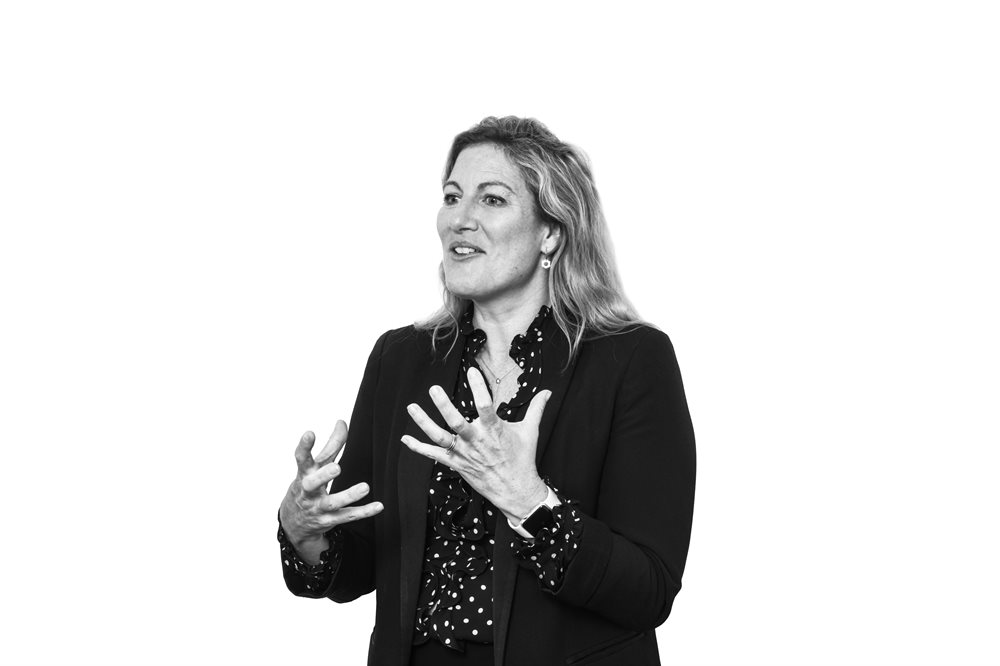
What I wanted was to help children hear in the classroom and at home, and help them with their development. My idea initially was to use bone conduction hearing aids that were already on the market. Everyone immediately said, they were too expensive for me to consider. The ones we were using at the time in Cambridge cost £3,000 per child.
I went to an electronics store and asked how much a little bone conduction transducer - a transducer that turns sound into a vibration - is and it was £9.99. So I went home and twiddled it together with a set of normal earbuds and made an improvised bone conduction hearing aid for about £12.99. It had wires that could strangle a child, so it wasn’t ideal but it was a basic bone conduction hearing device and it made me think, ‘okay, we can maybe have something that’s not £3,000.’
Ordinarily your ear hears a sound by the sound first vibrating ear drum. The ear drum and the three little bones behind it amplify the sound by about ten times, then the sound transfers across to the inner ear – to the cochlea. The cochlea is like a piano in that it plays every single sound you ever hear.
The cochlea is in the bone so it is possible to send the sound as a vibration straight to the cochlea through the skull and miss out the ear drum using bone conduction hearing aids. So if you’ve got deafness through issues with your ear drum, such as with glue ear, it routes around that problem straight to the inner hearing.
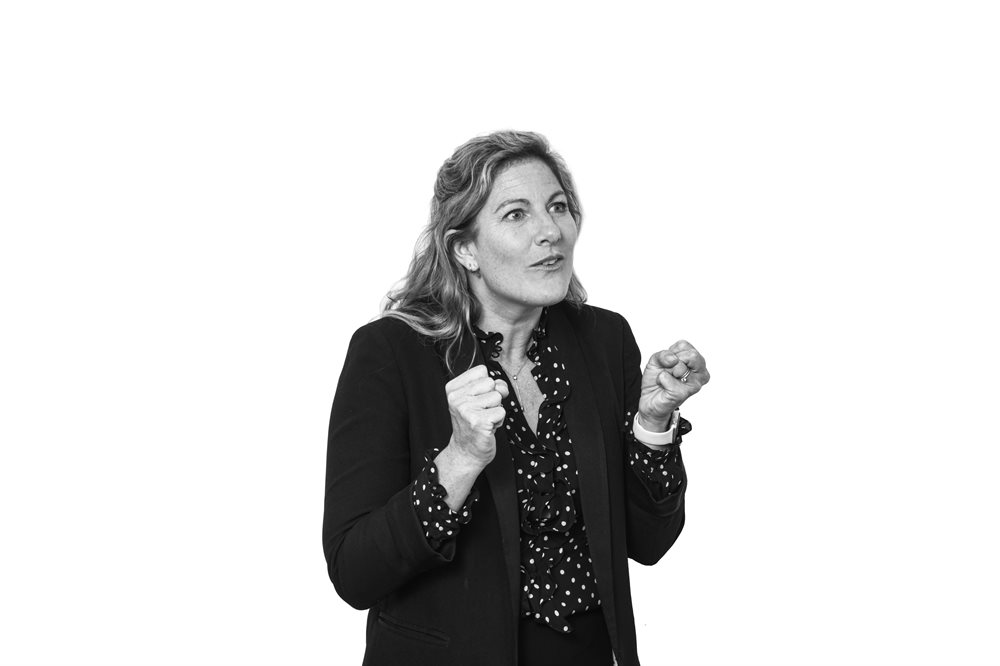
Eventually using bits and pieces on the market I put together a headset to help children with glue ear hear. But I was also worried about their development while they had the condition - their speech and language, how they’re processing listening skills, how they’re learning to read.
I developed an app that could Bluetooth audio books, listening games and speech and language therapies straight to the headset. The ‘Hear Glue Ear’ app has been charity funded so that it is free to all families who have children affected by glue ear. It is now being used in clinical pathways for the management of Glue Ear and is available on apple and android app Stores.
My aim was to develop something to help children so that they don’t fall behind while they are waiting for treatment. The Hear Glue Ear project has won some innovation and paediatric awards as well as a forward healthcare award which gave the project a great platform.
Moving forward, I now have opportunities do more with glue ear in developing countries. Kids there who don’t have access to antibiotics get ear infections so often that they call it a ‘runny ear’ in the way that we would describe a ‘runny nose’. They think it’s normal.
These children then don’t succeed at school because they can’t hear properly. Often in these parts of the world you have to pay to go to school and so parents will then take them out of school and put them into physical work. It has a significant impact on a child’s life trajectory.
My life’s work has been making sure children with hearing loss have the same life choices as those who have normal hearing. Once I understood what could be done globally fighting temporary hearing loss, and the life chances it could give people, it’s become something I can’t put down.
Tamsin Brown is a City St George's, School of Health & Medical Sciences (Tooting) alumna who graduated from Medicine in 1997.
